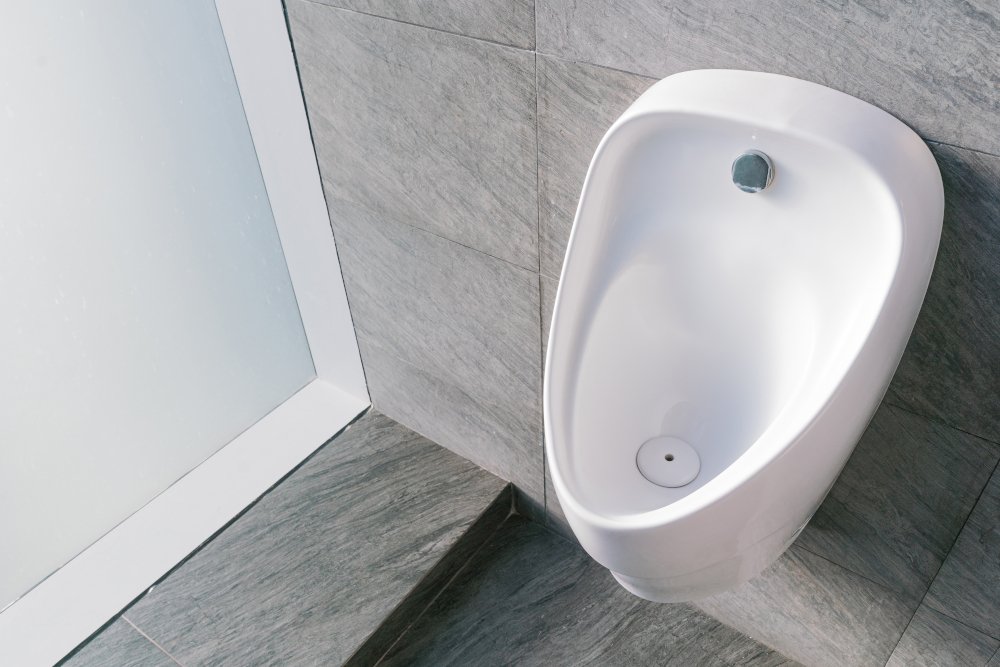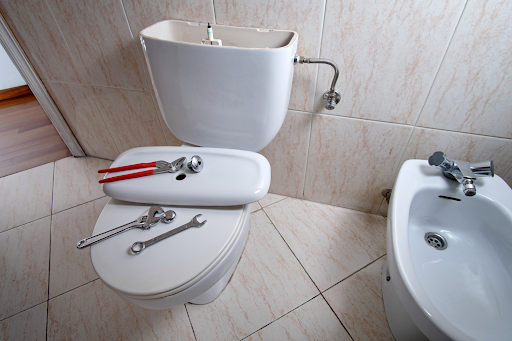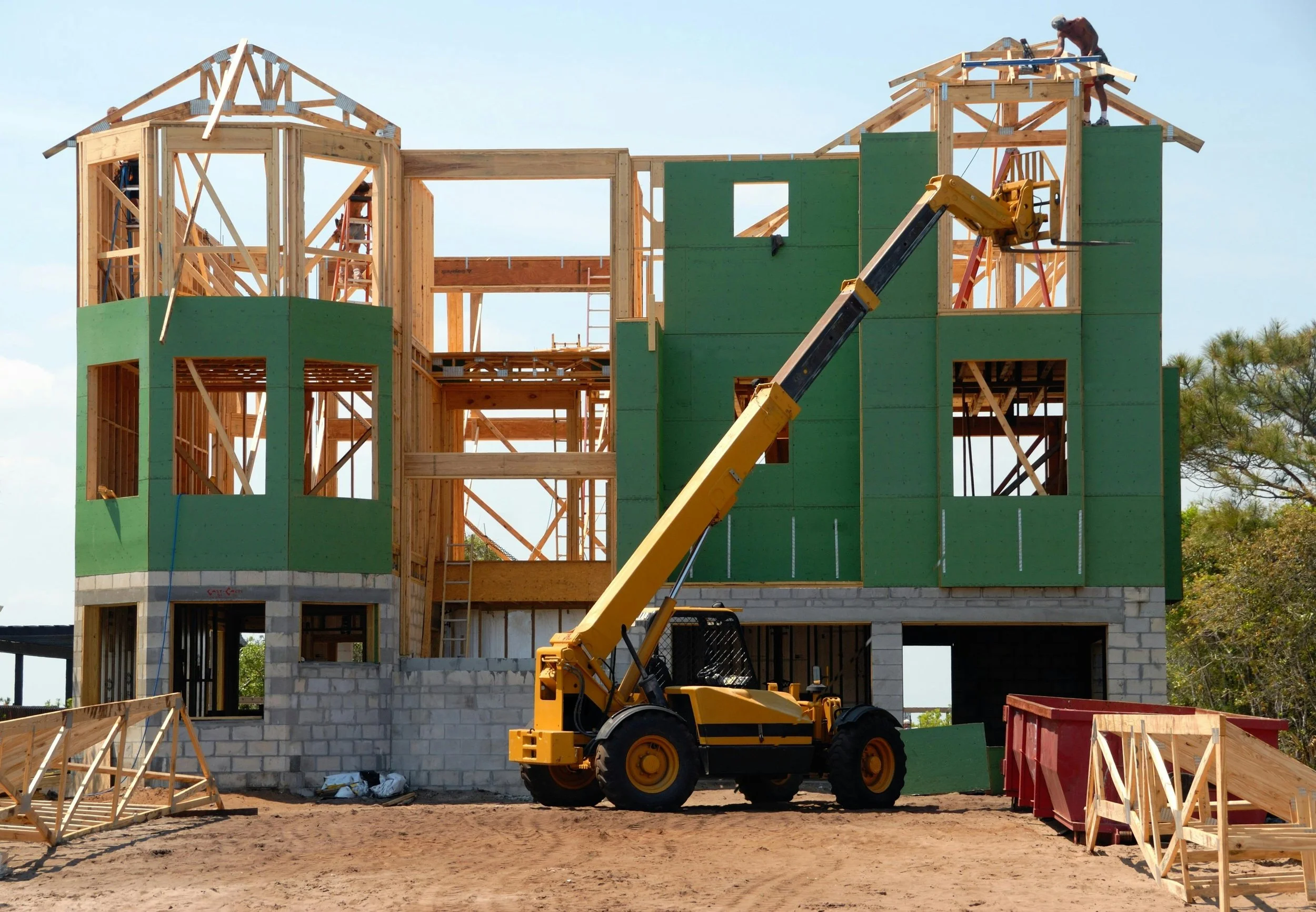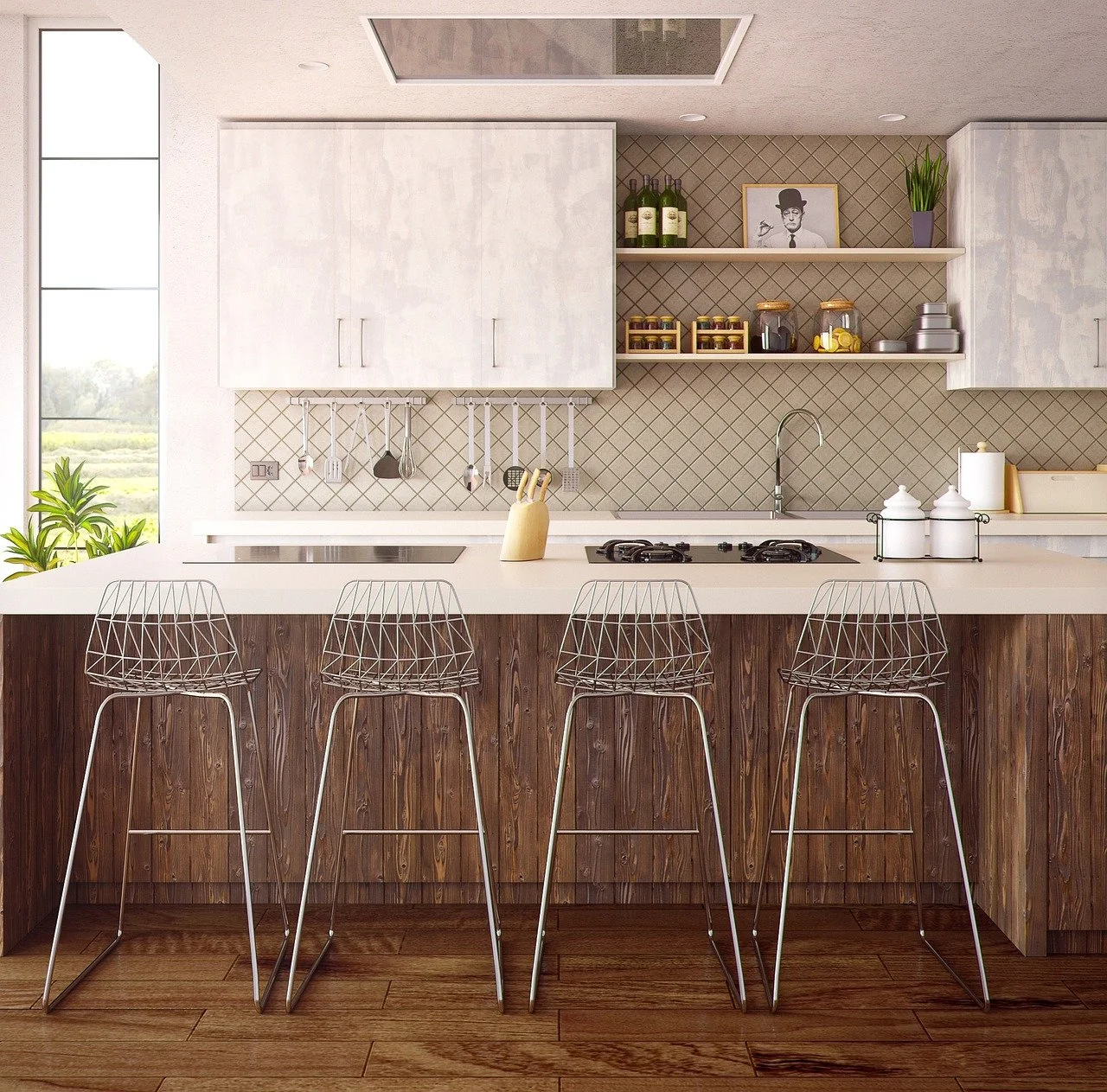Enhancing Your Bathroom Remodel with a Urinal
RH Business Marketing Solutions
Disclaimer: The following content is for informational purposes only. Before undertaking any renovation work on your property, it may be beneficial to contact a company that specializes in performing bathroom renovations.
Are you considering a bathroom remodel? Perhaps you're looking to add a touch of luxury, improve functionality, or simply update the space to better suit your needs. Whatever your motivation, one often-overlooked addition that can make a significant difference is a urinal.
Traditionally found in commercial settings, urinals are increasingly making their way into residential bathrooms, offering convenience, water efficiency, and a touch of modernity.
In this post, we'll explore why adding a urinal to your bathroom remodel might be a smart choice and provide practical tips for incorporating one seamlessly into your design.
1. Space-Saving Solution:
Installing a urinal in your bathroom offers a significant space-saving solution. Traditional toilets demand ample floor space and clearance for comfortable use, often dominating the layout of the bathroom. In contrast, a urinal can be mounted directly onto the wall, requiring minimal floor space and freeing up valuable square footage.
This feature is particularly advantageous in smaller bathrooms or powder rooms where space is at a premium. By opting for a urinal, you not only maximize space efficiency but also maintain functionality without compromising on comfort.
2. Enhanced Hygiene:
The specialized design of urinals contributes to enhanced hygiene within the bathroom environment. Unlike toilets, which serve dual purposes for liquid and solid waste disposal, urinals focus solely on urine. This singular function helps minimize splatter, reduce odor, and mitigate overall messiness in the bathroom.
Additionally, modern urinals often incorporate features such as waterless or low-flow technology, further promoting hygiene by minimizing the spread of germs and conserving water in the process. By choosing a urinal for your remodel, you not only improve cleanliness but also create a more pleasant and hygienic space for users.
3. Modern Aesthetic:
Integrating a urinal into your bathroom remodel can instantly infuse a touch of modernity and sophistication into the space. With sleek designs and customizable finishes, urinals serve as stylish focal points that elevate the overall aesthetic of the bathroom.
Whether you prefer a minimalist look or a more luxurious feel, there is a wide range of urinal options available to complement your design preferences and enhance the visual appeal of your remodel.
By incorporating a urinal, you not only enhance functionality but also introduce a contemporary element that adds character and style to your bathroom.
4. Water Efficiency:
Water conservation is increasingly important for homeowners, and installing a urinal can contribute to eco-friendly practices in the bathroom. Traditional toilets typically consume several gallons of water per flush, contributing to water waste and environmental impact. In contrast, urinals are designed to operate with minimal water consumption, significantly reducing water usage.
Waterless urinals, in particular, eliminate the need for flushing altogether, saving thousands of gallons of water each year. By incorporating a urinal into your remodel, you not only reduce your environmental footprint but also enjoy the added benefits of water efficiency and cost savings over time.
5. Practical Considerations:
Before adding a urinal to your bathroom remodel, it's essential to consider practical factors:
● Plumbing: Ensure that your plumbing system can accommodate the installation of a urinal. Depending on the layout of your bathroom, you may need to make adjustments or additions to the existing plumbing infrastructure to accommodate the urinal.
● Location: Choose a suitable location for the urinal within your bathroom layout. Consider factors such as privacy, accessibility, and proximity to other fixtures to ensure optimal placement.
● Maintenance: Plan for regular maintenance and cleaning of the urinal to ensure optimal performance and hygiene. Waterless urinals, in particular, require specific cleaning protocols to prevent odor and bacterial buildup. Incorporating a urinal into your bathroom remodel requires careful consideration of these practical aspects to ensure a seamless integration and long-term satisfaction with the investment.
For individuals who require mobility and disability equipment, having a urinal in the bathroom can offer several significant advantages:
1. Accessibility:
Urinals are typically mounted at a convenient height on the wall, making them easily accessible for individuals with mobility issues or disabilities. Unlike traditional toilets, which may require individuals to lower themselves onto a seat, urinals eliminate the need for bending or squatting, thereby reducing strain on the joints and muscles. This accessibility feature can greatly enhance independence and comfort for individuals with mobility limitations.
2. Reduced Transfer Difficulty:
For individuals who use mobility aids such as wheelchairs or walkers, transferring onto a toilet seat can be challenging and sometimes unsafe. Urinals provide a more convenient and accessible option for individuals who may have difficulty with transfers. By eliminating the need to navigate around or over a toilet seat, urinals streamline the toileting process and reduce the risk of falls or injuries associated with transferring.
3. Improved Hygiene:
Maintaining personal hygiene can be particularly challenging for individuals with mobility limitations. Urinals offer a more hygienic alternative to traditional toilets by reducing the need for individuals to come into contact with potentially contaminated surfaces. With proper positioning and assistance devices, individuals can use urinals with greater ease and confidence, promoting independence and dignity in personal care routines.
4. Time Efficiency:
For caregivers assisting individuals with mobility or disability needs, the use of a urinal can save valuable time and effort during toileting tasks. Urinals allow for quicker and more efficient bathroom visits, reducing the need for extensive assistance and minimizing disruptions to daily routines. This time-saving aspect can be especially beneficial in situations where multiple individuals require assistance or when caregiving resources are limited.
5. Customizable Options:
Urinals come in a variety of designs and configurations to accommodate different mobility and disability needs. For individuals who require additional support or assistance, there are urinal models available with integrated handrails or grab bars for added stability. Furthermore, some urinals are designed to be height-adjustable, allowing for personalized positioning to suit individual preferences and requirements.
In conclusion, adding a urinal to your bathroom remodel offers numerous benefits, including space-saving efficiency, enhanced hygiene, modern aesthetics, water conservation, and practical functionality. By carefully evaluating your design goals, budget, and practical requirements, you can seamlessly incorporate a urinal into your remodel and create a stylish, functional, and eco-friendly bathroom space that meets your needs and exceeds your expectations.











